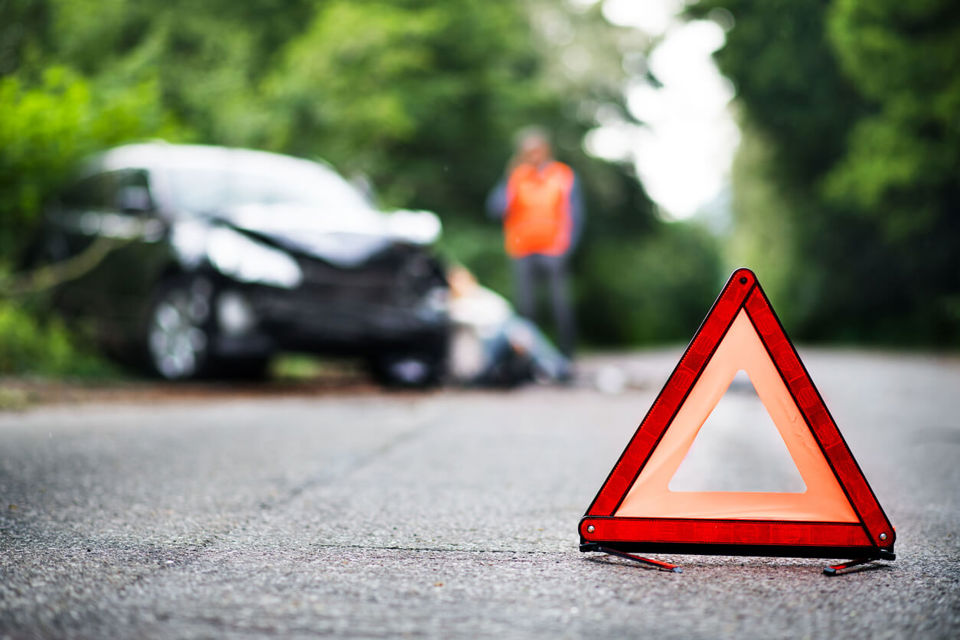Cutting accidents is a high priority for any fleet. As well as the obvious human cost of vehicle collisions, it is also one of the biggest expenses for businesses.
Equally, making sure the company insurance is only paying for claims for which they are liable is an important factor.
Collision investigators can provide valuable evidence to help insurance companies and solicitors gain a full picture of the events leading up to an accident to help determine the cause and who may be to blame.
The Transport Rsearch Laboratory, situated in Wokingham, Berkshire, has an extensive library and research service, testing and trialling facilities, including an outdoor track, crash testing environment and driver simulators to assess driver behaviours.
This evidence can prove invaluable as some serious cases can result in large fines to companies or even jail sentences for drivers.
Investigating an accident
In most cases the collision investigator will first visit the site of the accident. At the scene they can gain a better insight into the nature of the accident and the environment in which it occurred.
“No matter how much you look at photographs, you can get such a different feeling with being on-site and you can put the accident into context within the location and characteristics of the road,” said Tony Read, principal consultant at TRL.
Accident marks and defects in the road are just some of the key evidence Read will analyse. In some cases the absence of evidence can also provide a valuable insight.
The next step is to assess the mechanical condition of the vehicles and the damage from the impact.
“There are lots of things we can draw from the vehicle to piece the accident together,” said Read.
TRL has a whole host of high-tech software to help reconstruct accidents and further examine the evidence including laser scanning and modelling.
Traditional methods of collision investigation can help to plot back around two seconds before the impact/accident occurred, but with the advancements in modern technology, this can sometimes be extended to 30-45 seconds.
Read takes all of this information to build a conclusion on the case.
“Good, clear, independent information up-front is best for the client. We provide the foundation of facts in a solid interpretation to allow clients to make a decision on how to act next,” he said.
Identifying liabilities
Principally, TRL’s clients for collision investigation are insurance companies and solicitors that use these services to determine who is ‘at fault’ in the event of a claim in both civil and criminal cases.
They routinely undertake rapid response investigations to record on-road and vehicle evidence from recent incidents.
The information they gain can provide them with data to help identify liabilities and make informed decisions on whether the case should be settled out of court.
Accident notification and prevention
TRL uses its expertise in vehicle collisions to develop and validate the new collision detection and alerting systems. These can alert fleet managers and insurers in the event of any significant impact, allowing quick responses to reduce accident costs and vehicle downtime.
“Enabling fleet managers to manage the cost immediately can have big cost benefits,” said Iwan Parry, business development manager at TRL.
With similar technology TRL is providing analysis tools for telematics suppliers which can enable fleet managers to highlight and manage higher-risk drivers and in turn cut overall costs of accidents to the company.
TRL offers a two-day training course that gives fleet managers a foundation in collision investigation and enables them to assess accident evidence and build a collective view on how the accident may have occurred and – vitally – prevented.
The information can be invaluable when dealing with insurance claims and understanding the driver behaviours that may have led to the accident taking place.
















Login to comment
Comments
No comments have been made yet.